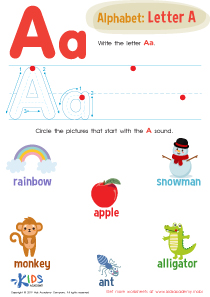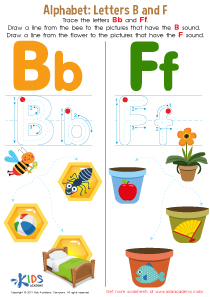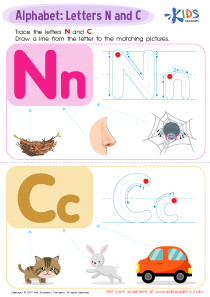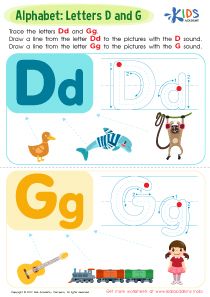Letter I Worksheets for Ages 5-9
5 filtered results
-
From - To
Unlock the joy of learning with our "Letter I Worksheets for Ages 5-9"! These engaging worksheets are designed to enhance early literacy skills, making it easy for young learners to recognize and write the letter 'I'. Our resource features a variety of fun activities, including tracing, coloring, and identifying pictures that start with 'I', such as ice cream and igloo. Each worksheet supports fine motor development and phonetic awareness, ensuring a well-rounded educational experience. Perfect for classroom use or home practice, these interactive materials help your child build confidence in their reading and writing abilities. Explore the wonders of the alphabet today!
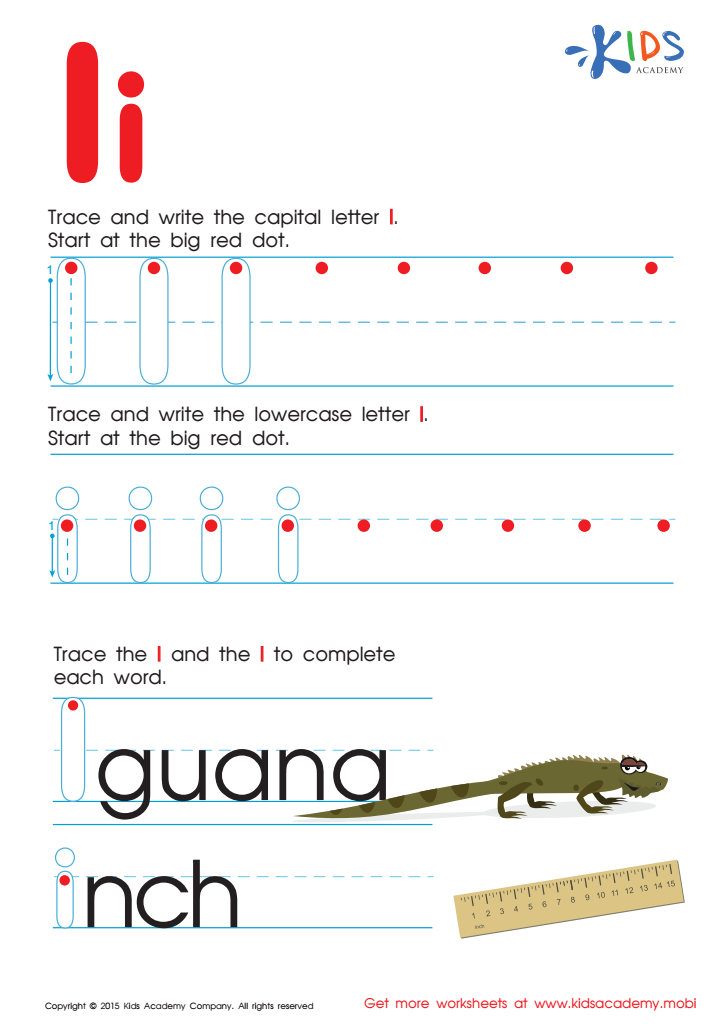

Letter I Tracing Page


Letter I Tracing Worksheet
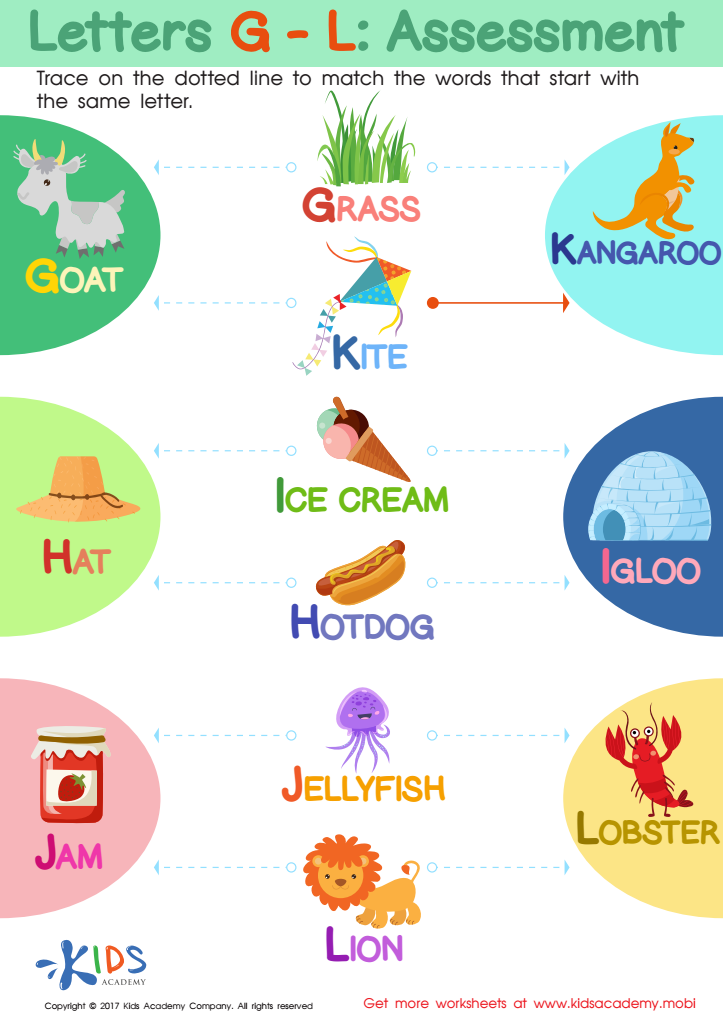

Letters G-L Worksheet
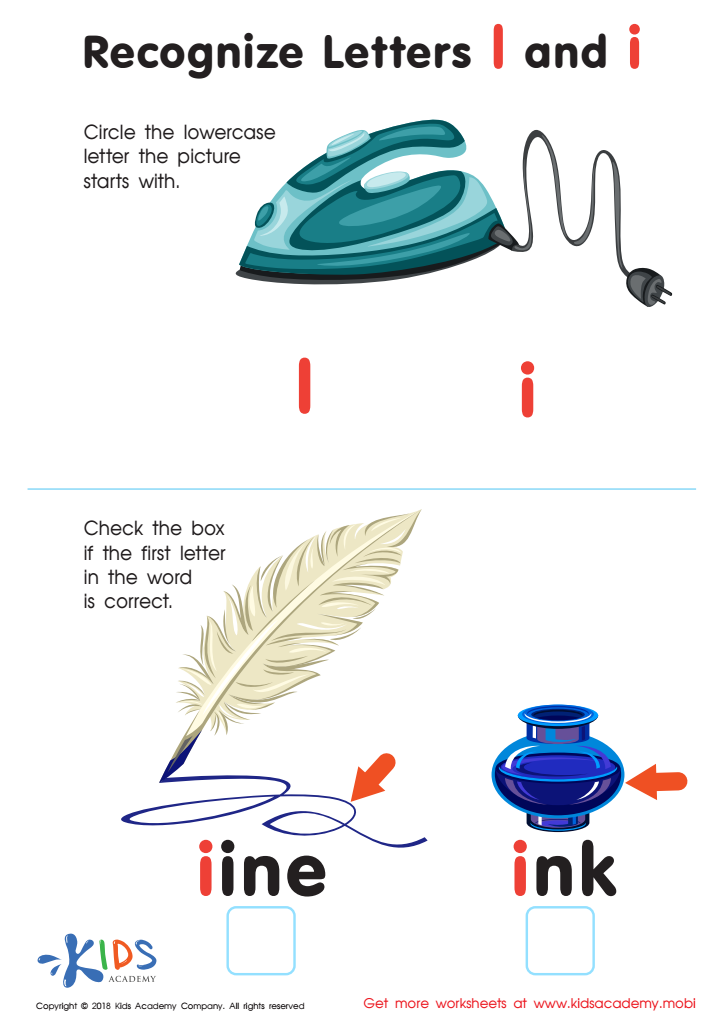

Recognize Letters l and i Worksheet
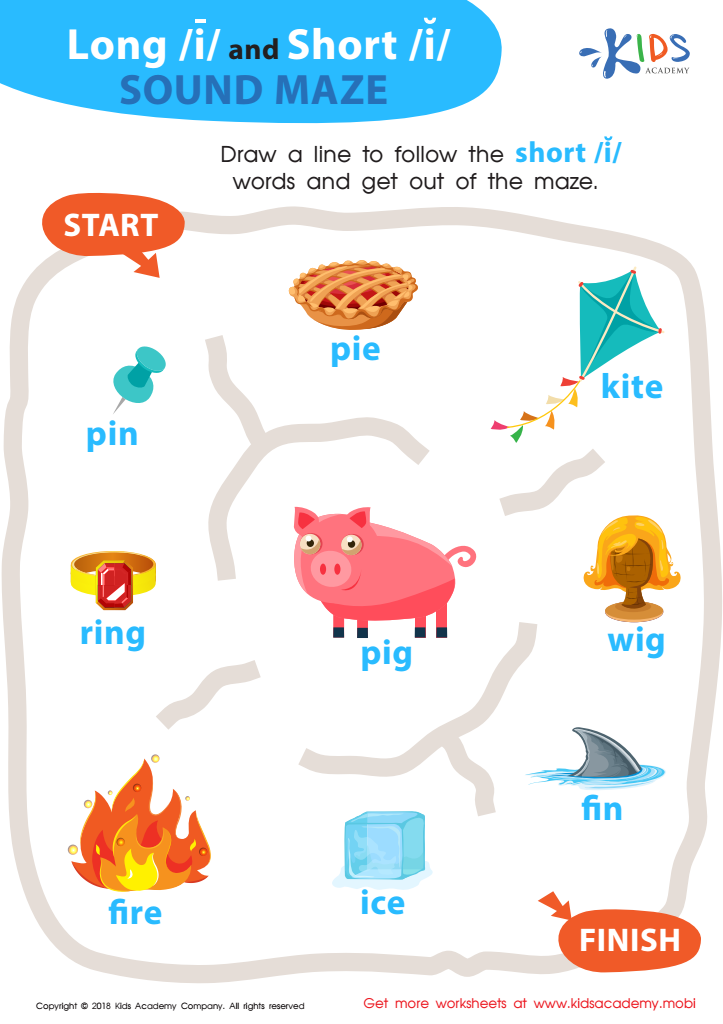

Reading: Long I and Short I Sound Maze Worksheet
Teaching children the letter "I" is crucial for several reasons. At ages 5-9, children are developing their literacy skills, and recognizing letters is foundational for reading and writing. The letter "I" is not only a vowel, which is central to phonetics and word formation, but it also introduces concepts of personal identity since it represents the pronoun "I," highlighting individuality and self-awareness in young learners.
By focusing on the letter "I," parents and teachers can engage children in various activities that promote phonemic awareness, such as identifying words that begin with "I," like "ice," "igloo," and "insect." This helps with vocabulary expansion, enhances reading fluency, and boosts creativity through storytelling where students can explore words and ideas related to "I."
Moreover, understanding the letter "I" encourages children to express their thoughts and feelings using language, fostering communication skills. It also allows for discussions around the alphabet's importance, paving the way for further literacy concepts. Ultimately, caring about the letter "I" translates to nurturing a child's confidence, curiosity, and capacity to articulate their experiences and identities—a vital aspect of their emotional and social development.
 Assign to My Students
Assign to My Students








